[toc]
The 7 Habits of Highly Effective People
We cover many of these tips in our Business Writing Skills Training Course.
Millions of people have benefitted from the wisdom, ideas and models developed by Dr Stephen R Covey. His most influential work, The 7 Habits of Highly Effective People enables its followers to put into practice, characteristics of effectiveness that stem from deep principles of growth, development and natural success.
As a Covey convert of over 15 years, I thought it would be fun to translate these habits into some top tips for Business Writing.
Business Writing Skills is a training course that Revolution L&D run on a regular basis. It has been encouraging to pick up on so many good habits from our delegates over the years.
Using the 7 Habits in Business Writing
But equally surprising is how many people have so few conscious habits when writing emails or other business documents. More surprising still when one considers how much of a typical person’s job this activity accounts for.
Habit 1 – Be Proactive
One way of interpreting this is with a computer-based analogy; you are the programmer.
This means you should recognise that in every document or email you write, you must make all the decisions about what to include and what to leave out. Remember, even when you are replying to an email, the other person has no idea what you will say until you say it.
Question any assumptions you might make about what the other person knows – business writing requires clarity of writing and this begins with clarity of thinking. Ensure you understand the context of the writing; what the other person is asking or saying (when you’re replying) and what the other person needs when you initiate writing to them. Think about what they know, what they need to know and what you might reasonably assume doesn’t need to be included.
It is best to play it safe and provide information if you are not sure whether they know something or not. Good business writing is concise – but not at the expense of clarity. Short but ambiguous usually requires more writing in the end and many of us are familiar with ‘email tennis’ where ambiguity is a primary cause.
Be proactive by planning your writing before you start. This will help you work out what to include and what to leave out.
Habit 2 – Begin with the end in mind
As you plan, think about the recipient or audience. Not just in terms of what they know or do not know but also; who are they and do they have a preferred style of communication? What kind of relationship do you have or want to have? And crucially, what do you need them to THINK and DO as a result of your writing?
Beginning with the end in mind means; have an objective to your writing. Clearly imagine the outcome you want. You can then use this as a means of editing your drafted content by asking, “does this (each piece of content) support my objective or take me or the reader away from it?”
Habit 3 – Put first things first
Business is first and foremost relationship. In fact, the word commerce itself is rooted in this notion – “social dealing between people” in its dated form and archaically even, it meant “sexual intercourse”.
In business writing, putting first things first means putting business relationships first. A simple please or thank you goes a long way in relationships. And it can go a long way in the wrong direction if they are absent. Think about what you’re asking people to do when writing to them. In most cases, taking the time to act upon your writing as well as giving you their time to read it in the first place.
Pleasantries allow us to get down to business with the right tone set from the outset. Perhaps the most common version of this, “I hope you’re well” might now seem remiss to leave out given the challenge the world faces today. We don’t need to be best buddies with business associates but the tasks and activities of business invariably flow more smoothly when the relationship is well maintained.
Habit 4 – Think win-win
As with Covey’s 7 Habits, these habits of writing flow from each other. Having decided what you want, who you need it from and how the relationship will affect your immediate success, you should also consider the wider or long-term impact of each piece of writing.
Thinking win-win therefore invites us to consider our writing more broadly. Who else might see it and is it written to appeal to a broad audience or a specific interest group or individual? What are the data protection and, if any, equal opportunity implications? Is the format useful for the recipient? Can it be easily identified in a search in the future? Will it be published in print, on the net or not published at all? How does writing reflect on you and your credibility? How could it affect others?
Thinking win-win also reminds us that signing off an email to encourage a positive response is important. For example, “I look forward to your thoughts” or “Thank you in advance for your efforts on this” and some ‘warm’ or ‘kind’ regards recognises and acknowledges the value you place on the person and their time.
Habit 5 – Seek first to understand, then to be understood
Clarity and concision are king when it comes to good business writing. Both are made more difficult without first understanding who and what you’re responding to or what you’re trying to achieve. So, seek first to understand.
Then to be understood;
- Write in short sentences. If you are onto the third line of typed text, ask yourself how it can be shortened or broken up so there are more beginnings and endings – this helps with comprehension.
- Use plain words. ‘Ask’ rather than ‘enquire’, ‘needs’ rather than ‘requirements’ for example. They more accurately reflect how we speak to one another and they tend to be shorter too.
- Break up writing into paragraphs with clear line spacing. Modern word-processing and changing preferences mean the rules around paragraphs have loosened a lot. Essentially, if it simply looks better, that is probably enough to justify the start of a new paragraph. People want things that are easy to read and absorb. A large slab of text is immediately off-putting.
- Delete unnecessary words and phrases. Qualifiers such as, “As you will be aware” or “Further to the above” sound stuffy and formal and do not add anything to the content. Unless you’re in a dispute, avoid these kinds of phrases that can be perceived as patronising or aggressive. Last but not least… is another good example of a bad phrase.
- Follow K.I.S.S (Keep it Short and Sweet) in most cases. When you are aiming for brevity, remember the sweetness of positivity and pleasantries.
- Say what you can do; not what you can’t do. Phrasing a situation either in the positive or negative makes a clear difference to people’s perceptions. For example, “We will be unable to respond to your request until next week” and “Will be let you know as soon as we can next week” present the same timescale but the first is both negative and actually seems longer. Do you agree?
- Avoid nominalisations, especially when giving instructions. These result from turning a perfectly good verb (that someone can do) into an abstract noun (which is literally impossible for someone to do and is also less clear and open to interpretation). For example, “In the event of a fire, evacuation of the building is required immediately”. Try evacuationing something and you see the problem. Instead try, “If you hear the continuous fire bell, evacuate the building immediately”.
- Keep it reader focussed. This means more ‘you’ and ‘your’ than ‘I’ and ‘our’. For example, “Please find your report attached” is warmer and friendlier than “I have attached the report above”.
There are dozens more technical hints and tips covered in our Business Writing Skills Training. Here I thought just 7 would be apt.
Habit 6 – Synergise
Each discreet tool used to improve your business writing is good. The effect you get when combining many tools is a cumulative one. When you blend an engaging style with being concise, both relationships and work itself flow more easily due to increased effectiveness.
Habit 7 – Sharpen the Saw
One afternoon, a racoon is walking through the woods and sees a woodcutter hard at work. She is sawing down a large diseased tree with a huge saw. The racoon wanders over and asks how long she has been at it. The woodcutter mops her brow as she looks up and says exhaustibly, “it seems like I’ve been trying to saw down this tree all day. It is the only thing I have to do today, and it looks like that’s a good thing. “Why don’t you stop and sharpen the saw?” asks the racoon. “Because I’m too busy sawing the tree and the sun is already beginning to set”.
I hope Dr Covey doesn’t mind my version of his classic fable.
Sharpening the saw comes in many forms in business writing. Analysing how others you admire write, checking your own work before you hit send or submit it, training courses of various kinds and… I hope this piece of writing has served a little of that purpose too.
My final tip of the day is almost the opposite of a habit – and that is; don’t blindly follow convention – times have changed and received wisdom is often outdated. That does not mean, however, do whatever you like in this world of text-speak and emojis.
Contrary to popular belief, you can end a sentence with a preposition, you can begin a sentence with a conjunction and sentences, unlike this one, don’t always require a full stop at the end. Each of these less conventional ideas has been used in a conventional context above – did you spot them?
Business Writing Skills Training Course
If you would like to know more about business writing and further build your business writing toolkit, take look at our Business Writing Skills Training Course. Our business writing course is delivered as an in-person training course and a live online training course.




